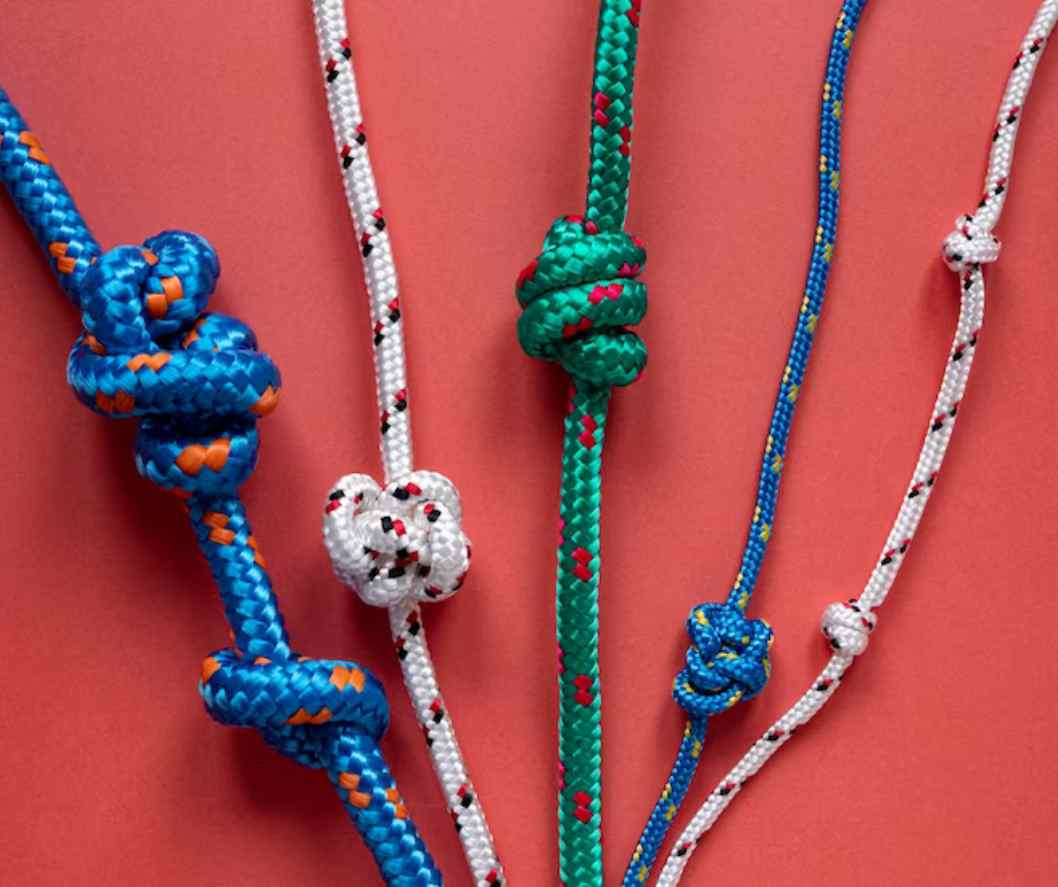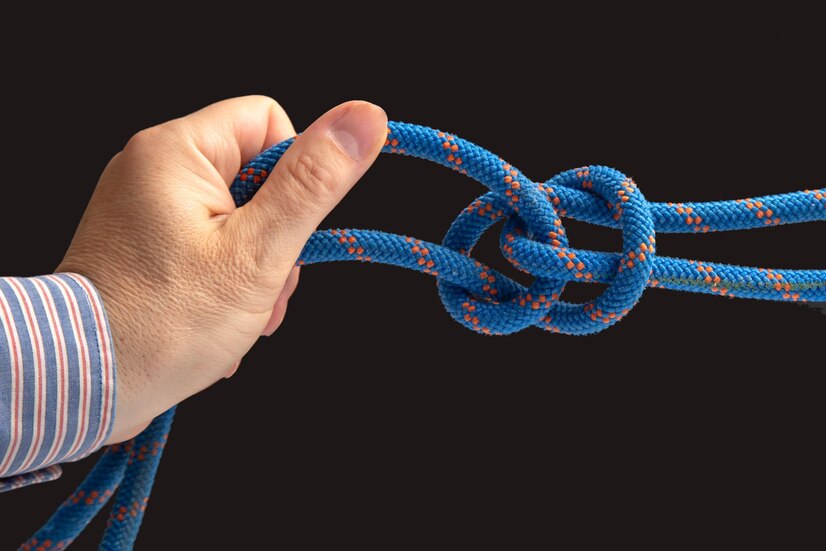If you are someone who loves the great outdoors, enjoys camping, climbing, or sailing, then you probably understand the importance of a reliable and robust rope. A rope can be a lifeline in challenging situations, holding your weight and ensuring your safety. In this article, we will delve into the world of ropes, exploring the different types, materials, and construction techniques to answer the age-old question: What is the strongest rope? The following information is brought to you by yifarope.com
The Basics of Rope Construction

Before we dive into the specifics of rope strength, it’s essential to understand how ropes are constructed. Ropes are typically made by twisting or braiding fibers together to create a continuous length of material capable of withstanding tension. The materials used, as well as the construction technique, play a crucial role in determining the rope’s strength and durability.
Natural Fibers: Traditional and Reliable
In the past, ropes were primarily crafted using natural fibers such as hemp, sisal, and manila. These materials offer decent strength and have been used for centuries. However, with the advent of modern technology, synthetic fibers have taken center stage due to their superior strength and performance. One common use for ropes, particularly those made of synthetic fibers, is as a rope for pulling trees. The strength of these ropes is crucial for ensuring that trees can be safely removed without causing damage to surrounding structures.
Synthetic Fibers: The Pinnacle of Strength
Modern ropes are predominantly made from synthetic fibers, which offer unparalleled strength, resistance, and longevity. Some of the most common synthetic fibers used in rope production include:
1. Polypropylene
Polypropylene ropes are lightweight, float on water, and have excellent resistance to moisture, making them ideal for marine applications. However, their strength may not be as impressive as other synthetic options.
2. Nylon
Nylon ropes are known for their high elasticity and ability to absorb shock loads, making them suitable for dynamic and heavy-duty applications. They are less prone to UV degradation and offer excellent resistance to abrasion.
3. Polyester
Polyester ropes are highly resistant to UV rays and moisture, making them a top choice for outdoor use. They maintain their strength and shape even in harsh environmental conditions.
4. Dyneema
Dyneema is a high-performance fiber known for its exceptional strength-to-weight ratio, which makes it popular in applications where lightweight and robust ropes are crucial. Speaking of speed, have you ever wondered which maple tree grows the fastest?
Rope Construction Techniques
Apart from the material used, the construction technique also plays a significant role in a rope’s strength. There are two primary types of rope construction:
1. Kernmantle
Kernmantle ropes consist of a core (kern) surrounded by a protective sheath (mantle). The core provides the main strength, while the mantle protects the core from external abrasions and damage. This construction is commonly used in climbing ropes and static ropes.
2. Laid Rope
Laid ropes are made by twisting multiple strands of fibers together. The number of strands and the direction of twist can vary, affecting the rope’s strength and flexibility. Laid ropes are commonly used in marine and industrial applications.
Measuring Rope Strength
Rope strength is typically measured in terms of “tensile strength,” which refers to the maximum amount of tensile force a rope can withstand before breaking. Tensile strength is expressed in pounds or kilonewtons (kN). When determining the strength of a rope, it’s essential to consider the type of material, construction, and diameter.
Breaking Strength vs. Working Load
It’s crucial to understand the difference between a rope’s breaking strength and its working load limit. The breaking strength is the force at which the rope will fail under laboratory conditions. On the other hand, the working load limit is the maximum safe load that should be applied during normal use to ensure the rope’s longevity and safety.
Factors Affecting Rope Strength
Several factors can influence the strength of a rope, including:
1. Knots and Splices
Knots and splices can significantly weaken a rope, reducing its strength by up to 50% in some cases. It’s crucial to use appropriate knots and techniques to maintain the rope’s integrity.
2. Environmental Conditions
Exposure to UV rays, moisture, and extreme temperatures can degrade the strength of a rope over time. Regular inspection and proper storage are essential to preserve the rope’s performance.
3. Age and Wear
Ropes, like all materials, have a limited lifespan. With each use, a rope undergoes wear and tear, gradually reducing its strength. It’s vital to retire ropes that show signs of aging or excessive wear to avoid accidents.
Selecting the Right Rope for Your Needs
Choosing the right rope depends on the specific application and requirements. Here are some tips to help you make an informed decision:
1. Consider the Purpose
Identify the primary use of the rope—whether it’s for climbing, sailing, towing, or rescue operations. Different applications demand specific characteristics, such as flexibility, strength, or buoyancy.
2. Understand Working Load Limits
Always adhere to the manufacturer’s recommended working load limits for the rope. Overloading a rope can lead to catastrophic failures and compromise safety.
3. Check Safety Standards
Ensure that the rope meets industry safety standards and certifications. For critical applications like climbing and rescue, using certified ropes is essential for your safety.
4. Inspect and Maintain Regularly
Regularly inspect your ropes for signs of wear, damage, or weakness. Replace any rope that doesn’t meet safety criteria to avoid accidents.
In conclusion, the strongest rope depends on several factors, including the materials used, construction technique, and application. Modern synthetic fibers like Dyneema offer exceptional strength-to-weight ratios, making them popular choices for various outdoor activities. Remember that the strength of a rope is not the only consideration; factors like working load limits, proper maintenance, and adherence to safety standards are equally vital.

